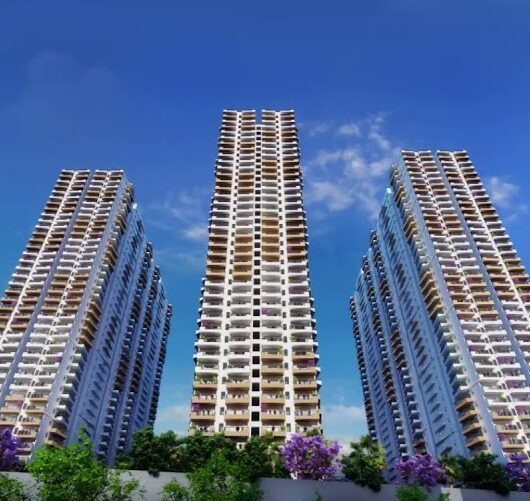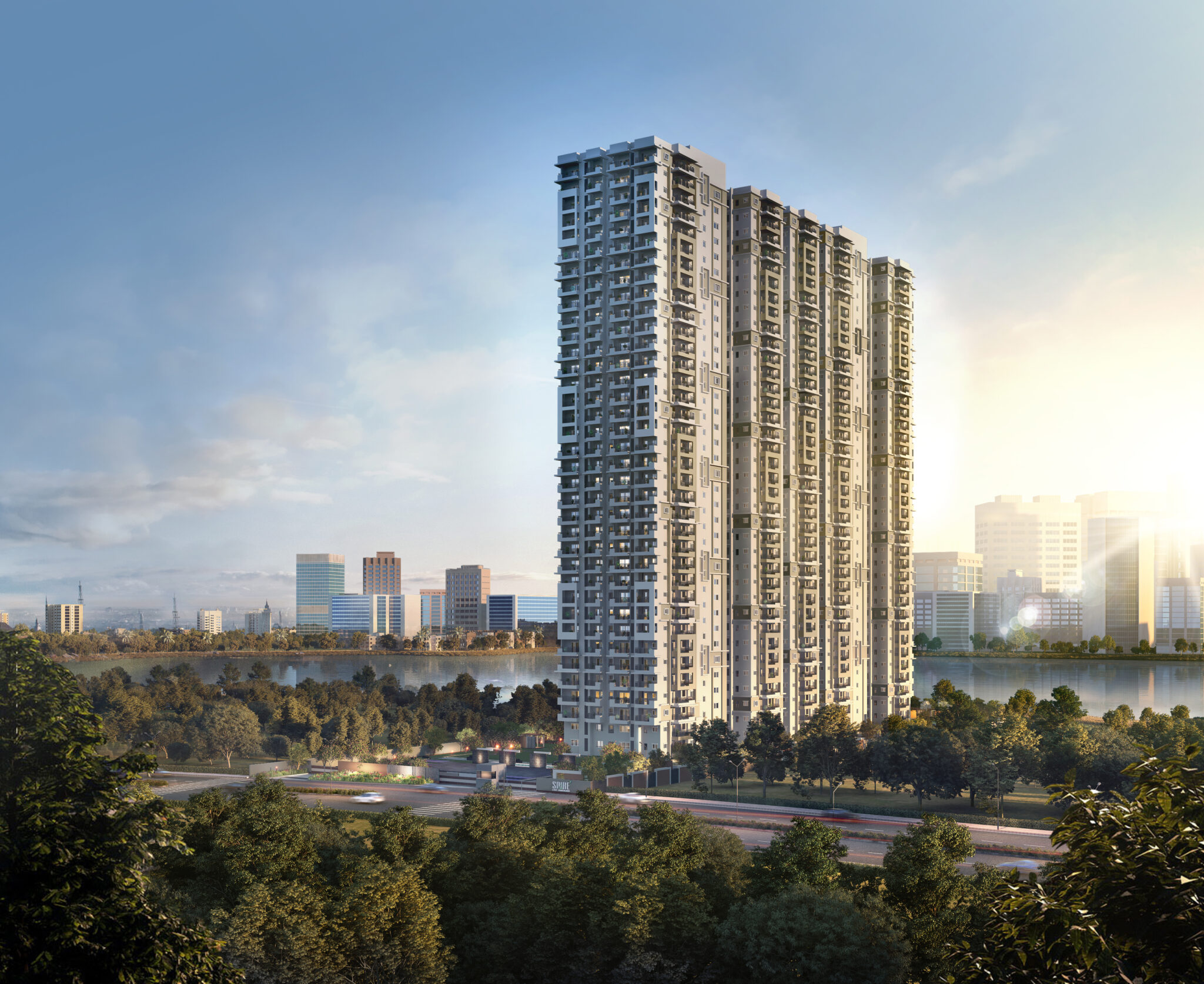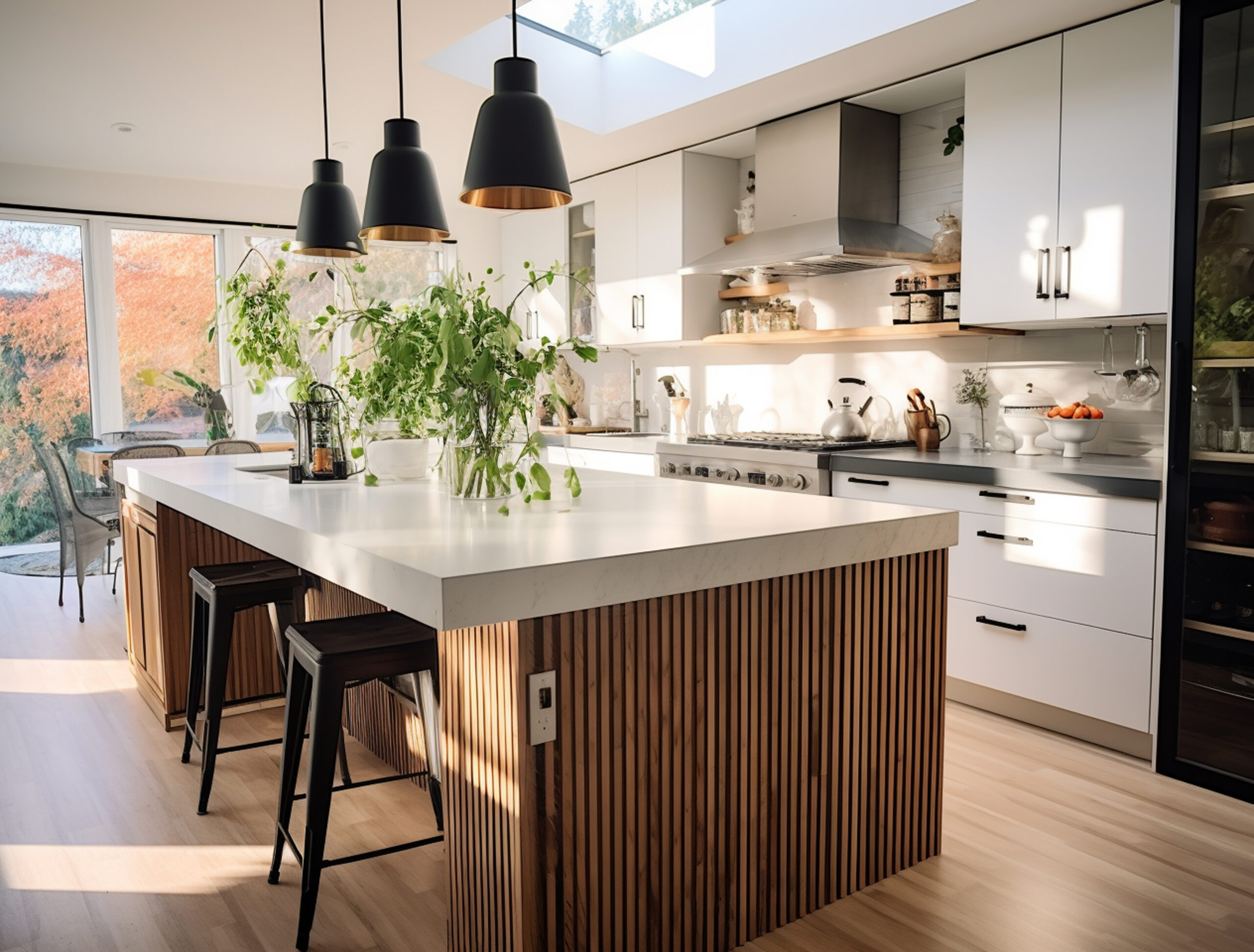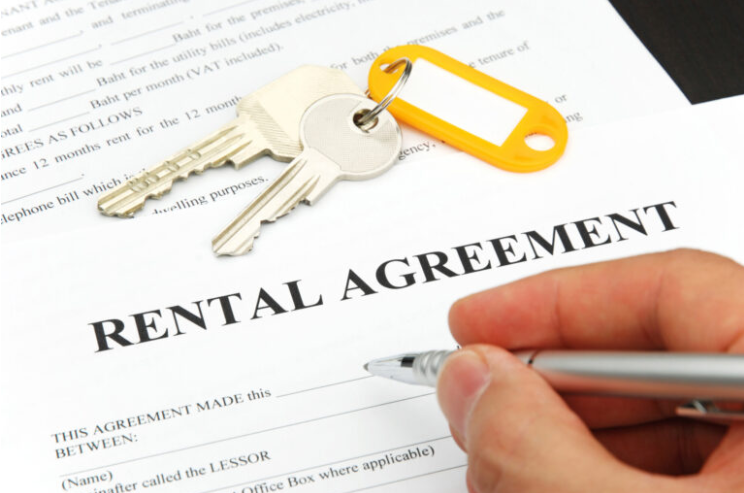UDS Meaning Explained for your flat ownership
When you buy a flat in an apartment complex, you’re not just acquiring a living space; you’re also becoming a part-owner of the land it’s built on. This ownership stake is represented by a concept called Undivided Share (UDS). UDS Meaning explained ahead for your flat ownership.
UDS refers to the proportionate share of the total land area allocated to an individual flat in a building. It signifies your co-ownership rights in the common areas like hallways, lobbies, gardens, and amenities. Unlike your flat, which has a defined boundary, UDS doesn’t have a physical demarcation on the land. It’s a legal concept reflected in the property deed, outlining your ownership percentage. The UDS for your flat should be clearly mentioned in the sale agreement and the property deed. If not readily available, you can obtain it from the developer or the society management.
Benefits of UDS
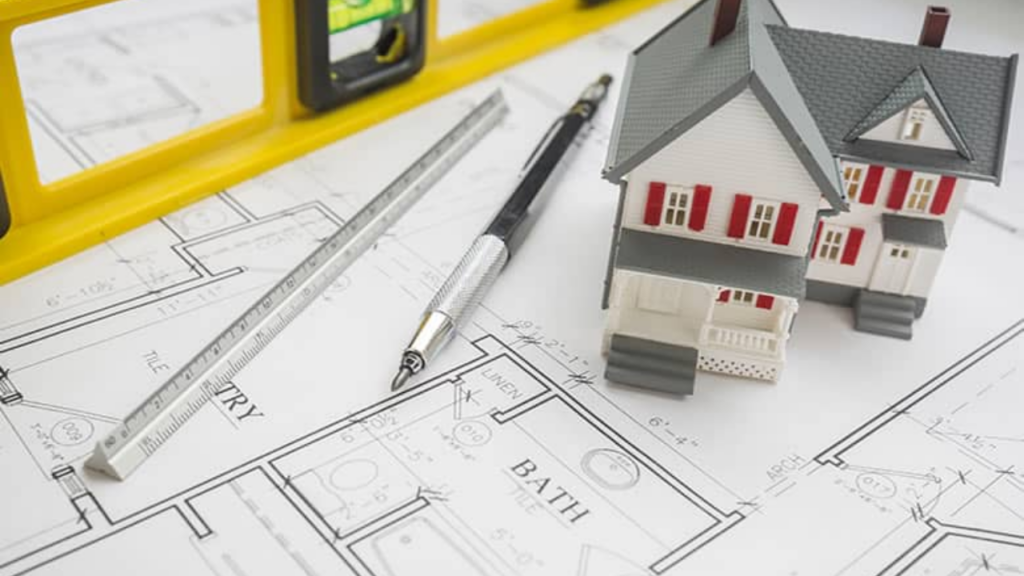
Increased Value: A higher UDS can potentially increase the resale value of your flat, as it translates to a larger ownership stake in the land. This can be particularly relevant in areas where land prices are high. For instance, a prime location with limited land availability might see flats with higher UDS commanding a premium during resale.
Voting Rights: UDS often determines voting rights within the society, allowing you a say in decisions regarding common areas and amenities. Having a larger stake through a higher UDS can give you a greater influence on how these shared spaces are managed and maintained.
Maintenance Costs: Maintenance charges for common areas are typically divided based on UDS, ensuring a fair distribution of costs. Those with a larger ownership stake (higher UDS) will contribute more towards maintenance, but they will also benefit from a well-maintained environment that can enhance the overall value of the property.
Calculating UDS

UDS = (Total Land Area * Area of your Flat) / Total Area of all Flats
Consider a building with 5 flats, each measuring 1000 sq ft, situated on a plot of 5000 sq ft land.
- Total Land Area = 5000 sq ft
- Area of your Flat = 1000 sq ft (assuming this is your flat)
UDS for your flat = (5000 sq ft * 1000 sq ft) / (5 * 1000 sq ft) = 1000 sq ft
Therefore, your flat owns 1000 sq ft of the total land proportionally.
Important Points
- UDS is usually expressed as a percentage or a fraction. In the above example, your UDS would be 20% (1000 sq ft / 5000 sq ft).
- The size of your flat and the total land area significantly impact your UDS. Flats in buildings with a smaller land area relative to the total built-up space will have a lower UDS.
- While calculating UDS, consider the built-up area (including walls) of your flat, not the super built-up area. Super built-up area includes common areas proportionate to the flat size, which are not part of your ownership stake.
UDS vs. Super Built-up Area
The super built-up area includes your flat’s usable space, common areas proportionate to the flat size (stairs, lobbies etc.), and walls. UDS, on the other hand, solely focuses on your ownership stake in the land. Understanding the difference is essential for making informed decisions. A developer might advertise a large super built-up area, but a low UDS could mean a smaller ownership share in the land.
UDS: How it Impacts Property Value
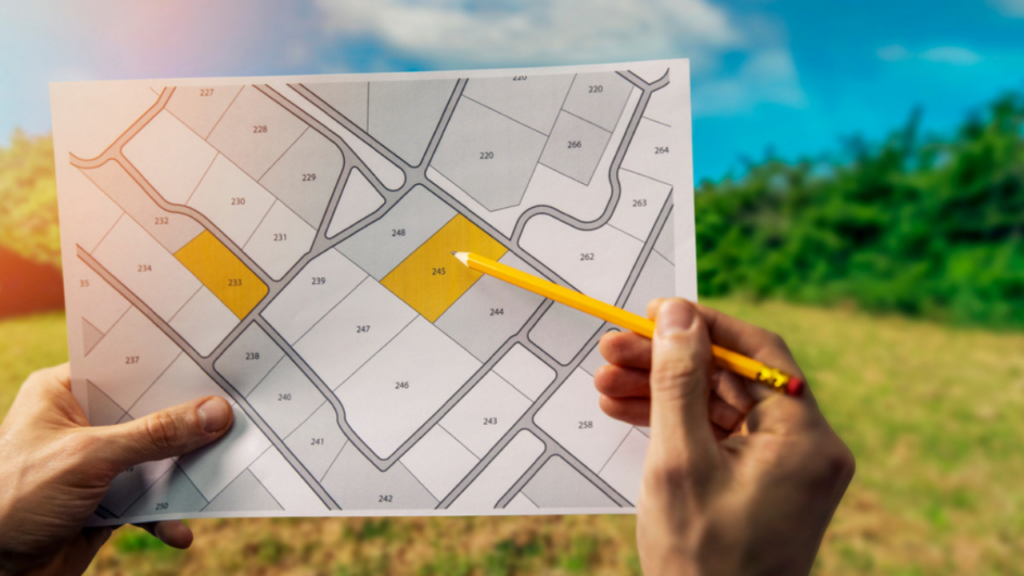
- Land Price Impact: In areas with limited land availability or high land prices, a larger UDS translates to a bigger share of valuable land, potentially increasing the property’s resale value. For instance, a flat with a high UDS in a prime location like Mumbai’s Bandra West might be more valuable than a similar-sized flat with a lower UDS in a less expensive area.
- Voting Rights and Shared Amenities: UDS often determines your voting rights within the society. A higher UDS might give you a greater say in decisions regarding amenities and common areas, potentially leading to better management and maintenance. Well-maintained amenities like a clubhouse or swimming pool can enhance the overall value of the property.
- Future Appreciation: Land, unlike buildings, appreciates in value over time. A higher UDS can position you to benefit more from this long-term appreciation, potentially leading to a higher resale value in the future.
Other significant considerations include: Flat size and layout, building quality and amenities offered, location and connectivity, social infrastructure (schools, hospitals, etc.), and market demand in the area.
UDS: What Affects its Proportion

- Total Land Area: The larger the land area compared to the total built-up area, the higher the potential UDS for each flat. For example, a building with a sprawling garden and ample parking space will likely offer a higher UDS compared to a high-rise building with minimal common areas.
- Built-up Area Distribution: The way the built-up area is distributed across flats also plays a role. Flats with larger footprints will naturally have a higher UDS compared to smaller ones in the same building.
- Commercial Space: If the building has commercial spaces on the ground floor, the UDS for residential flats will be calculated based on the remaining land area dedicated solely to residential purposes.
Consider two buildings, A and B, with the following details:
- Building A: Land Area – 10,000 sq ft, Total Built-up Area (Residential) – 8,000 sq ft (4 flats of 2,000 sq ft each)
- Building B: Land Area – 5,000 sq ft, Total Built-up Area (Residential) – 8,000 sq ft (4 flats of 2,000 sq ft each)
In this scenario, flats in Building A will likely have a higher UDS compared to those in Building B due to the larger land area they share proportionally.
UDS and Informed Decisions
Understanding UDS empowers you to make informed decisions when buying a flat. Here’s how:
- Compare UDS with Similar Properties: Look at the UDS offered by other properties in the same area with comparable flat sizes. This will help you gauge whether the UDS for the flat you’re considering is reasonable.
- Don’t Just Focus on Super Built-up Area: While a large super built-up area might seem attractive, check the UDS to understand your actual land ownership share.
- Ask About Future Development Plans: If the society has plans for additional amenities on the common area, a higher UDS could be more beneficial in the long run.
UDS: A Legal Ownership Stake

UDS represents your proportional share of the total land area on which the apartment complex is built. It’s not a specific plot but a legal right reflected in the property deed.
Voting Rights: UDS often determines voting rights within the society. A higher UDS typically translates to a greater say in decisions regarding common areas, amenities, and maintenance. This empowers you to influence how the property is managed, potentially impacting its value and liveability.
Sharing of Expenses: Maintenance charges for common areas like hallways, lobbies, gardens, and amenities are usually divided based on UDS. A higher UDS means a larger contribution towards maintenance, but also potentially better-maintained facilities that enhance the overall property value.
Reconstruction or Redevelopment: In cases of reconstruction due to aging or redevelopment for a new project, UDS determines your compensation or share in the new development. A higher UDS can translate to a larger share of the benefits if the property undergoes redevelopment.
Land Acquisition: If the government acquires the land for public projects, the compensation received by the society will be distributed among homeowners based on their UDS. A higher UDS translates to a larger share of the compensation.
Understanding these legal implications empowers you to –
- Hold the Builder Accountable: The UDS details should be clearly mentioned in the sale agreement and the property deed. If not provided, you have the right to request them from the developer or society management.
- Participate Effectively in Society Decisions: Knowing your voting rights based on UDS allows you to actively participate in decisions impacting the property’s management and long-term value.
- Plan for the Future: UDS plays a role in future scenarios like redevelopment or land acquisition. Be aware of your potential benefits based on your UDS percentage.
UDS: Potential Legal Issues
- UDS Discrepancies: There can be discrepancies between the promised UDS in the sale agreement and the actual UDS reflected in the final deed. Carefully review all documents before finalizing the purchase.
- Unequal UDS Distribution: Unequal UDS distribution among flats of similar size can be unfair. Understand the rationale behind the UDS allocation before making a decision.
- Management Disputes: Disputes can arise regarding the use of common areas or maintenance responsibilities based on UDS. A well-defined society agreement and adherence to UDS principles can help minimize such conflicts.
Here’s what you can do to protect your rights –
- Seek Legal Advice: If you encounter any discrepancies or have concerns about UDS, consult a lawyer specializing in property law.
- Become an Active Society Member: Actively participate in society meetings and understand how UDS is factored into decision-making and maintenance costs.
- Maintain Clear Documentation: Keep copies of the sale agreement, property deed, and any society documents referencing UDS for future reference.
FAQ s
Not necessarily. While a higher UDS offers a larger land ownership share, factors like flat size, location within the building (corner flats with more natural light or penthouses with better views may be desirable), and access to amenities also play a role in determining the overall value. A well-designed flat with a smaller footprint but a higher UDS on prime land might be more valuable than a larger flat with a lower UDS in a less desirable location.
No. UDS is intrinsically linked to your flat ownership and cannot be sold independently. It represents your proportional share of the land ownership rights that come with the flat.
UDS is typically determined by the developer based on the overall layout of the building and land allocation. Negotiation might be limited, but seeking clarification on the UDS calculation is always advisable.
You can challenge it if there’s a clear discrepancy between what was promised in the sale agreement and what’s reflected in the final deed. Consulting a lawyer is advisable.



